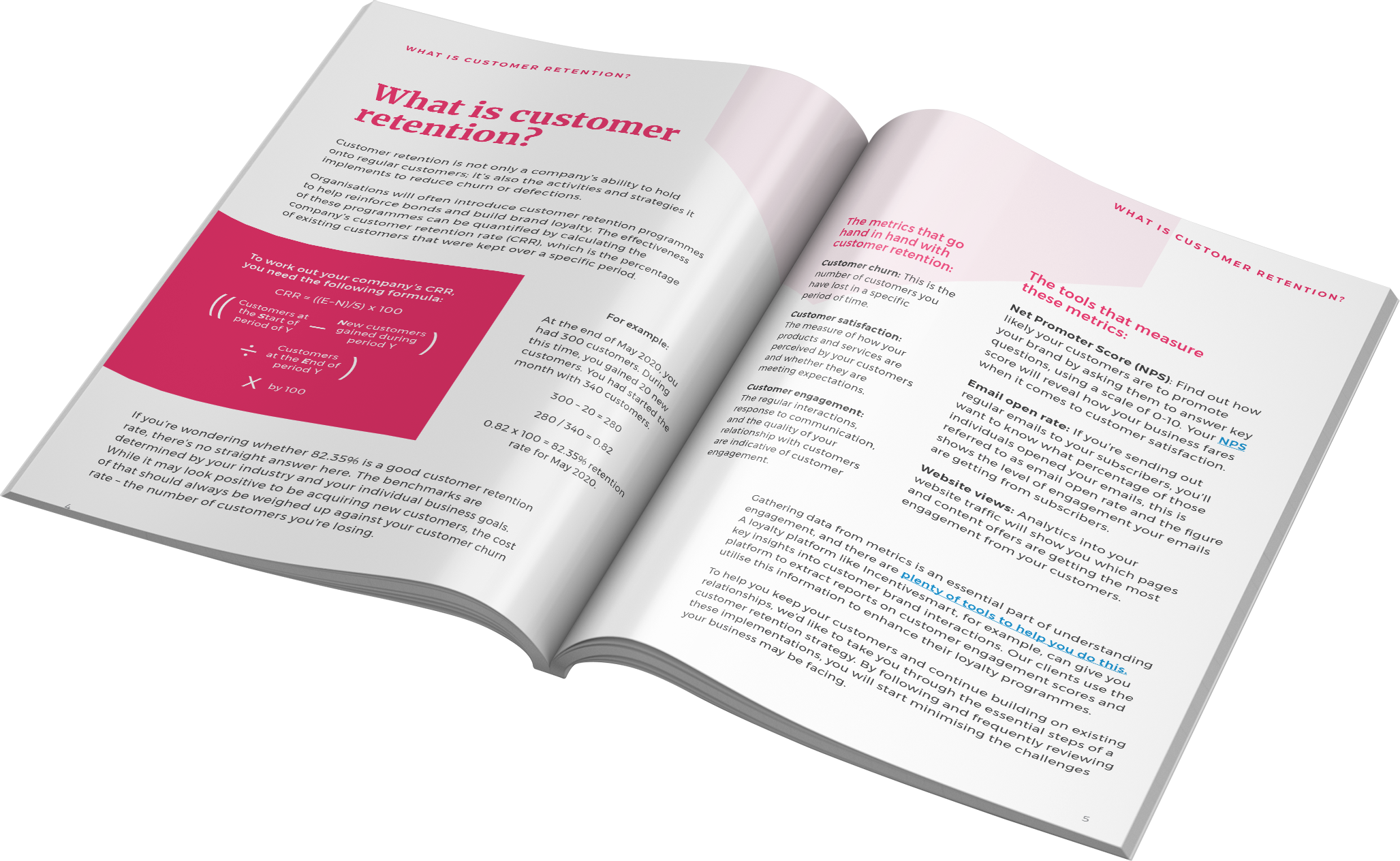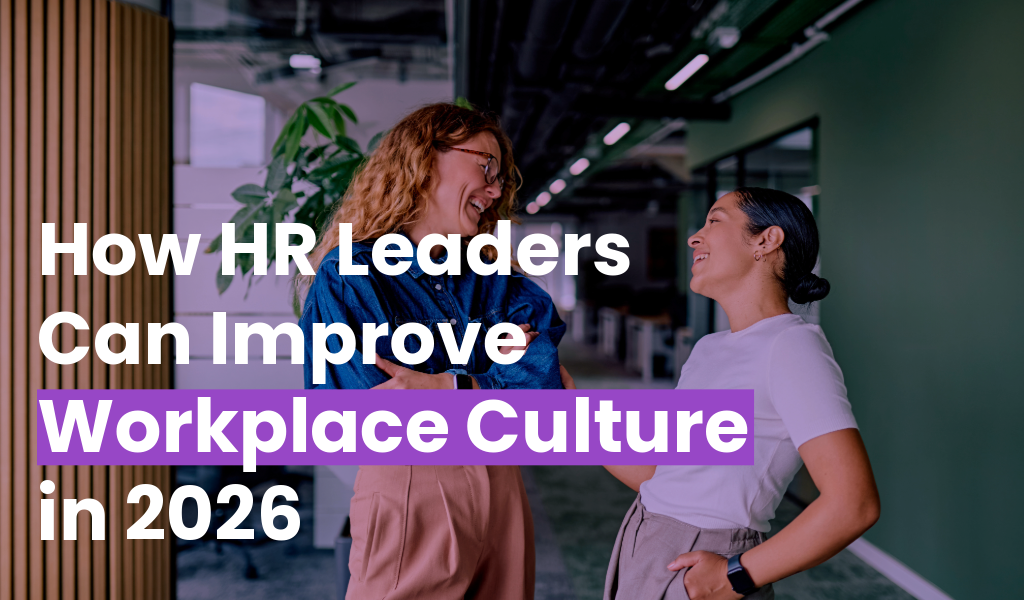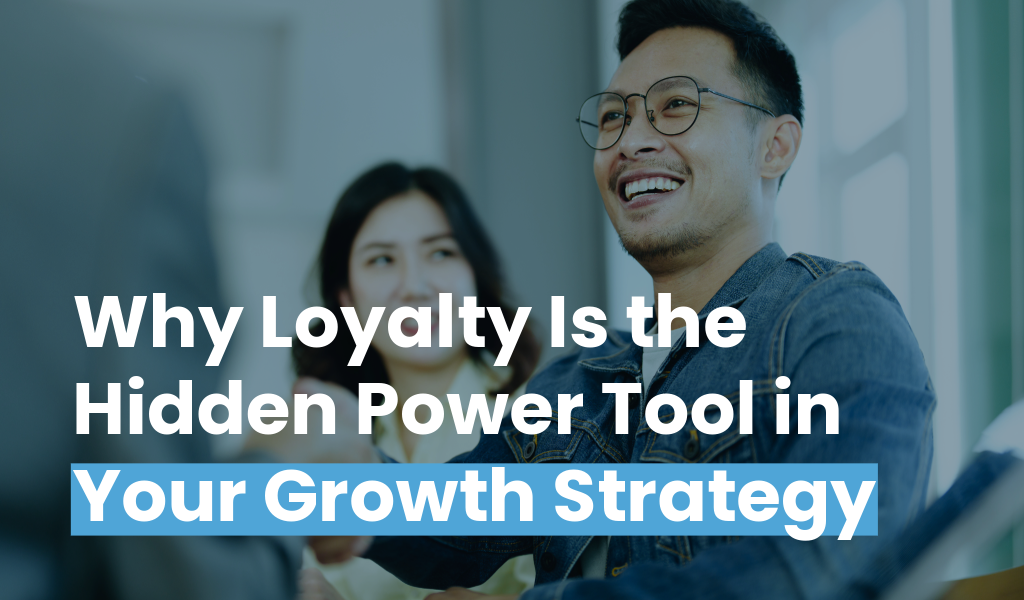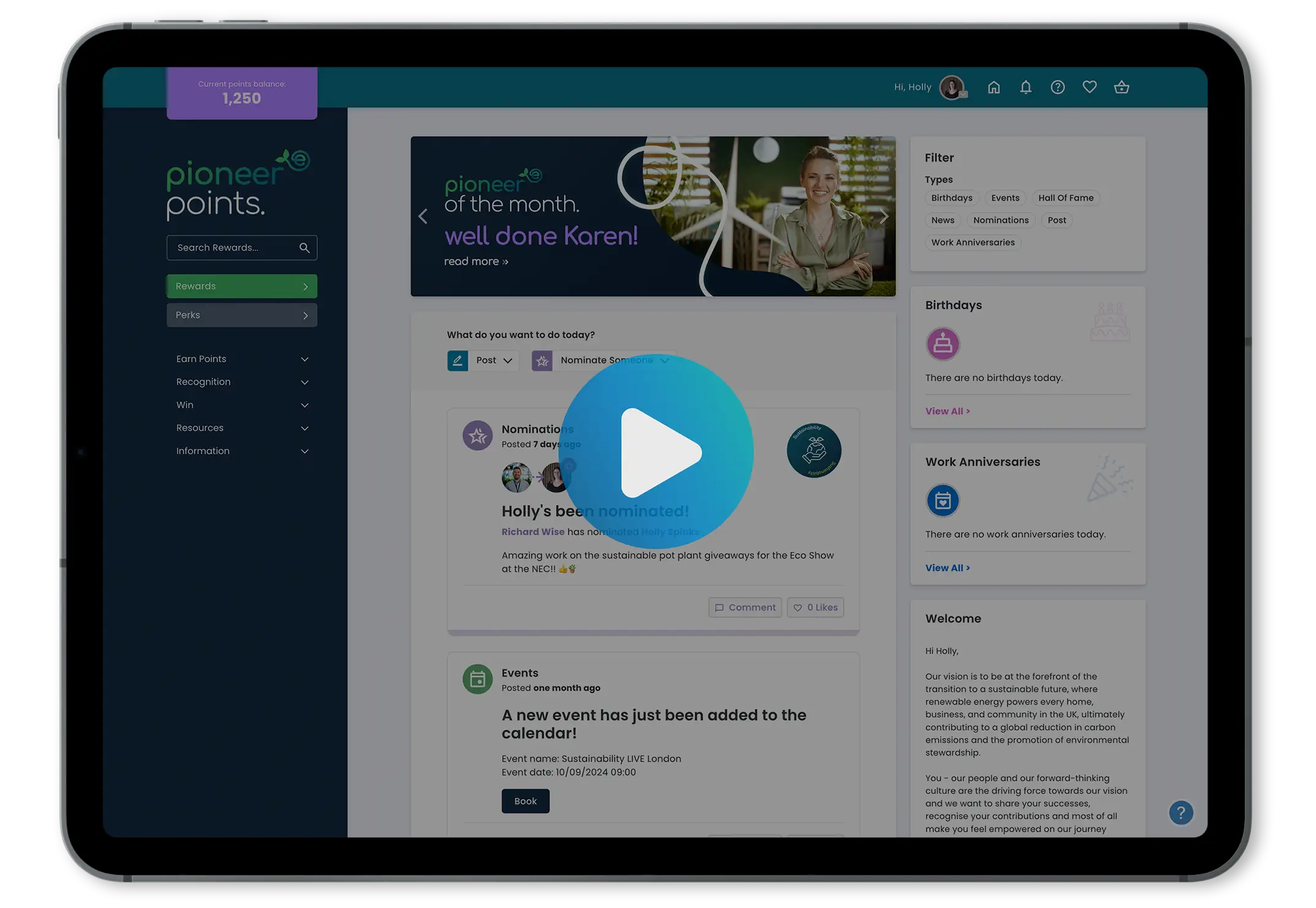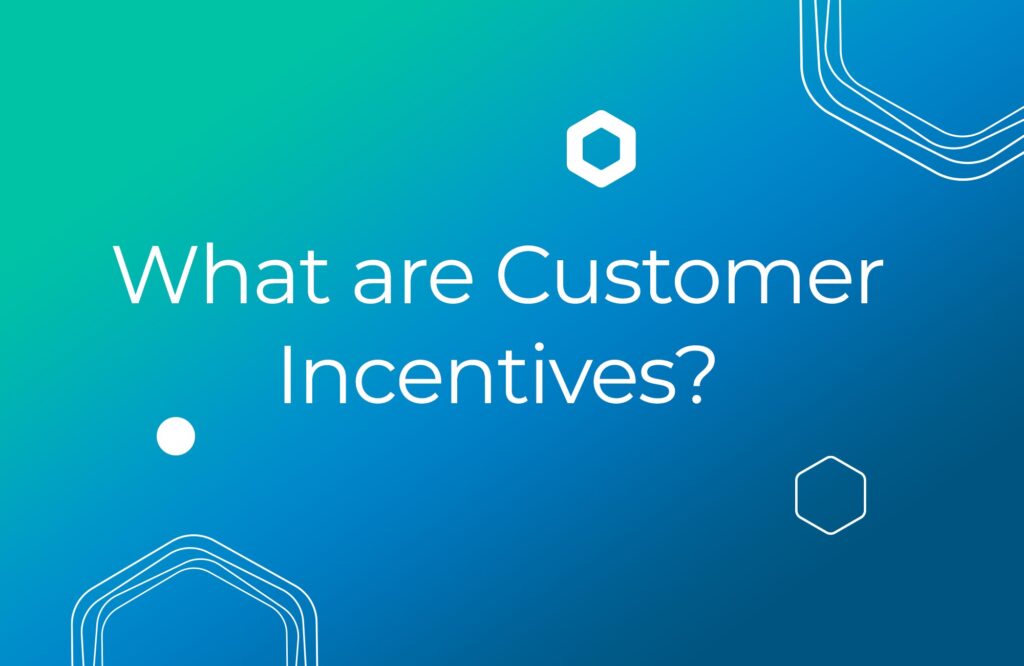


Businesses are continuously looking for ways to stand out, acquire new customers and increase spend among a loyal client base. One of the most effective strategies to achieve this is to harness customer incentive schemes, which can be an absolute game-changer.
In turn, this has been proven to enhance customer satisfaction and build long-term – highly profitable – relationships. Such programmes offer a win-win scenario for both businesses and customers, as they boost revenue and increase customer loyalty.
In this guide, we’re going to look at some of the key examples of customer incentives in action, their benefits, and the ways in which you can measure their success.
Skip to:

Why do you need customer incentives?
Customer incentives are an effective way to increase customer engagement and loyalty while also boosting sales and revenue growth. You can encourage customers to make a purchase, come back for more, and even recommend your business to others. Plus, incentives can set your business apart from competitors and make it stand out in a crowded market.
Studies show that 75% of consumers say they are likely to make another purchase after receiving an incentive. Additionally, 45% of consumers made one to three purchases in the past year because of incentives.
But it’s not just about retaining customers; incentives can also attract new ones. 18% say incentives always sway them to choose one brand over another.
Happy customers are also more likely to share their positive experiences with others, which can help grow your business even further through referrals. And by gathering valuable customer data and insights through these incentives, you can inform future marketing and sales strategies to keep your business on the path to success.
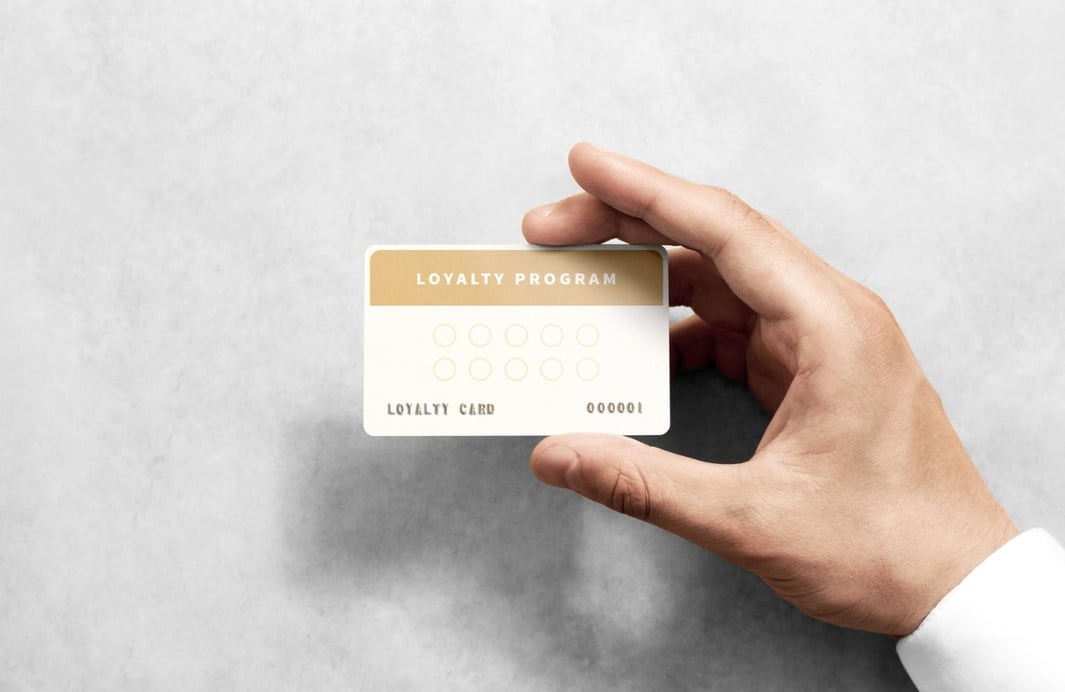
9 Customer incentives ideas
There are numerous incentive options to choose from that will be dependent on your specific business and target audience. Some of the most widely used customer incentives include money off, bonuses, free samples or products, memberships, free upgrades, coupons, merchandise rewards and of course, our favourite – loyalty points.
 Discounts
Discounts
Offering discounts is quite a commonly used incentive mainly because its perceived to be the easiest incentive to implement, but it is an area we recommend you avoid. Discounts come in various forms, such as a percentage off the total purchase price or bundled deals where customers can save by purchasing multiple items together.
Discounts can help entice new customers, encourage repeat business, and shift slow-moving inventory. They can also be strategically harnessed to promote particular products or services, or to motivate customers to spend more to qualify for the discount.
It’s important to note that while discounts can be effective, they can also be risky for businesses, read our article on the Dangers of Discounting. Offering discounts on products or services may lead to increased sales in the short term, but if used excessively, they can significantly erode profit margins. When considering customer incentives, it’s crucial to strike a balance between providing value to customers while also protecting the business’s bottom line.
 Rebates
Rebates
Customer rebate incentives involve providing a credit or cashback reward for each pound spent, which can be redeemed for future purchases.
This can come in various forms such as a £5 bonus for every £50 spent or cashback rewards for credit card purchases. This is a great way to encourage customers to spend more and reward loyal customers for their ongoing business. But remember, once you set the precedent it’s hard to remove it.
 Free samples
Free samples
Offering free trials of your products or services gives customers a chance to try before they buy. Here, you remove some of the risk and uncertainty associated with trying something new. This is particularly useful for businesses that offer high-value or complex products, where customers might be hesitant to make a purchase without first trying it out.
Free trials can also help customers discover new products they might not have otherwise considered. By providing them with a sample, you give them the opportunity to experience the benefits of your product first-hand. Additionally, when customers try your products and are satisfied with the result, they are more likely to tell their friends and family about it, which can lead to a boost in sales.
 Free gifts
Free gifts
A free gift with purchase is a classic incentive that can be tailored to fit any business or target audience. For example, a beauty brand might offer a freebie of one of its newest products with the purchase of a full-sized item, while a clothing retailer could offer a free accessory with every order placed.
Providing customers with a tangible and valuable reward can go a long way in creating a positive and memorable experience. This can lead to increased customer satisfaction and loyalty, which can translate into repeat business and positive word-of-mouth recommendations.
 Memberships/loyalty programmes
Memberships/loyalty programmes
Customer loyalty programmes are designed to create a sense of exclusivity and reward customers for their repeat business. These programs often provide customers with special deals and perks that are not available to the general public, such as free shipping, early-bird discounts, or access to exclusive products.
In addition to incentivising repeat business, loyalty programmes also provide businesses with valuable data. By tracking customer behaviour and preferences, businesses can create more personalised marketing campaigns and product offerings that are tailored to their customers’ needs.
 Free upgrades
Free upgrades
Providing free upgrades to premium versions is a smart incentive for subscription-based services. For example, a software company could offer a free trial of its basic version and then a time-limited opportunity to upgrade to the premium version for free. This not only allows customers to test out advanced features but also builds excitement and exclusivity around the offer.
 Coupons
Coupons
Coupons have been a staple of the B2C retail space for decades, and for good reason. They are a cost-effective way for retail businesses to attract new customers and encourage repeat business from existing ones. Coupons can be particularly effective for clearing out excess inventory or promoting products that are not selling as well as expected.
Percentage-off deals are a popular type of coupon that offers customers a discount based on the total purchase amount. For example, a store might offer a 20% off coupon for purchases over £50.
Buy-one-get-one-free (BOGOF) deals are another common coupon type that offers customers a free product when they purchase a qualifying item. Pounds-off discounts, such as £5 or £10 off a purchase, are also popular and can be used to incentivise customers to spend more.
Coupons can be distributed through a variety of channels, such as email, social media, or direct mail.
 Merchandise rewards
Merchandise rewards
Merchandise rewards are strategy used by businesses to encourage repeat business. Customers typically earn points with each purchase that can later be redeemed for merchandise such as electronics, apparel, and home goods. This is particularly effective for businesses that sell frequently purchased products or services and online retailers.
 Loyalty points
Loyalty points
As mentioned above, loyalty points are a popular customer incentive used by businesses to encourage repeat business. These programmes are typically based on a points-mean-prizes system, where customers earn points for purchases and can later redeem them for rewards such as discounts and free products. They are widely used across a variety of industries, including retail, trade, telecomms, hospitality, and travel. Once individuals start the process of collecting they soon get hooked and start looking at aspirational rewards on offer, working harder to achieve their objectives. Its a longer game than some incentives but that is the idea; to boost customer retention and create a loyal fan base.

Our top customer incentive examples
While it’s useful to understand the different incentives that businesses offer, seeing how they’re used in real-life situations can give you a better vision for creating your own programme.
You can get inspiration from large brands like Uber and Deepnote, which offer incentives to end consumers, or from companies like HP, which sell through distributors and channel partners. These types of customers are also important to incentivise because they play a vital role in the success of the business.
Uber
Uber revolutionised the taxi industry by introducing a new concept of ridesharing. However, many potential customers were hesitant to ride with strangers. To address this issue, Uber implemented a referral programme that incentivised current customers to refer their friends to the service by offering free ride credits. This strategy helped Uber build trust with its customers and increase its user base, ultimately leading to the company’s global success.
Deepnote
Deepnote, a cloud computing resource provider, offers a free plan with 50 monthly usage hours. To encourage customers to interact with their platform, they provide a list of onboarding tasks, such as inviting friends, creating teams, and following them on social media. Completing these tasks earns customers extra free usage hours each month. This not only motivates customers to utilise their service, but also fosters a sense of community and engagement with the platform.
HP
HP has a customer incentive programme that’s specifically aimed at B2B customers, such as resellers, distributors, and channel partners. The programme encourages these customers to sell more HP products by offering different benefits, such as cash rebates, marketing tools, training, and dedicated support from HP.
The programme is divided into three tiers, Silver, Gold, and Platinum, depending on the level of sales and engagement with HP. One of the notable features of the programme is “Deal Registration,” which allows channel partners to register deals in advance and secure better margins on sales. This gives partners the assurance to invest in promoting HP products and services, knowing that they will be rewarded for their efforts.
HP also offers regular promotions and incentives, such as discounts, free products, and cashback offers to encourage channel partners to promote specific products or services.
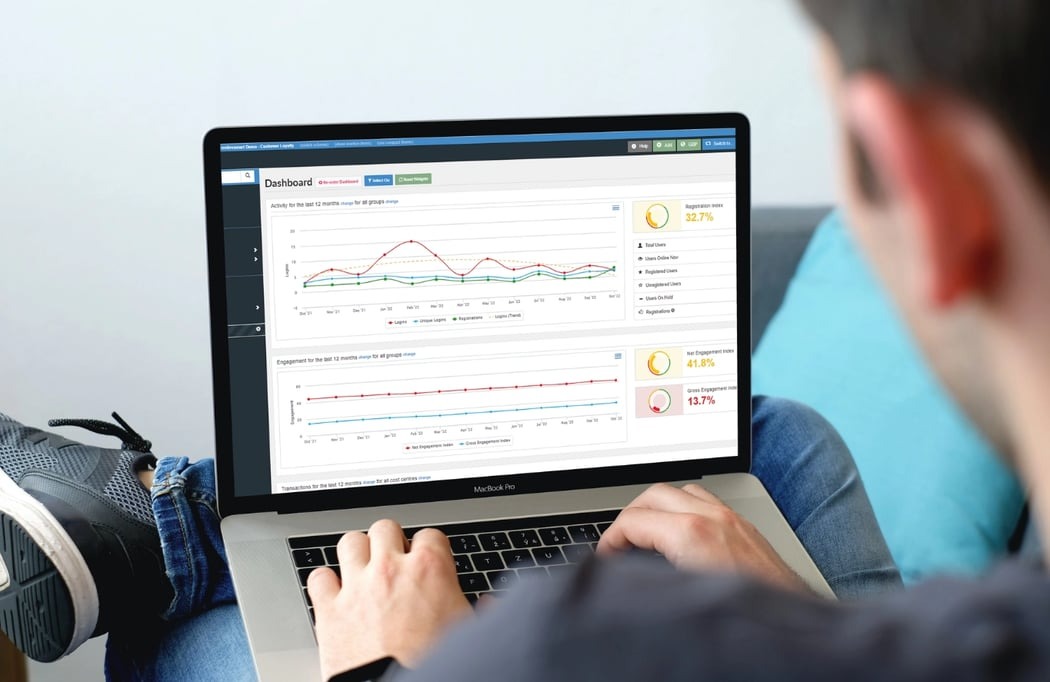
How do you measure customer incentive success?
There are various metrics available to measure engagement with customer incentive programmes and the success of product offerings. However, the top five include Lifetime Customer Value (LCV), Monthly Recurring Revenue (MRR), Customer Satisfaction (CSAT), Net Promoter Score (NPS) and Churn Rate.
Each of these metrics provide a clear picture of the customer experience and the long-term stability of a business:
- Lifetime Customer Value (LCV): The average amount of money that a customer spends on a business’s products or services over their lifetime.A high LCV means that customers are happy with the brand and its offerings, which leads to loyalty towards the brand. It’s a good sign that the brand has a strong reputation in the market, and customers are willing to keep coming back.
- Monthly Recurring Revenue (MRR): The total revenue that a business expects to earn from its customers through recurring purchases or subscriptions in a given month.A higher MRR indicates that customers are satisfied with the service being provided and are willing to continue using it. It also shows that the service is reliable and provides value that customers are willing to pay for on a regular basis.
- Customer Satisfaction (CSAT): A straightforward metric that businesses can calculate by asking customers to rate their experience on a standardised scale.It’s a great way to measure how happy customers are with a product or service. If a business has a high CSAT, it’s a good sign that they’re delivering a great experience to their customers.
- Net Promoter Score (NPS): Ultimately, another way of saying how much customers love your brand.
It groups customers into three categories: Promoters, Passives, and Detractors, based on how likely they are to recommend your brand to others. This helps you figure out who your biggest fans are and what you can do to make even more customers happy. Basically, the higher your NPS score, the better your brand reputation is. - Churn Rate: Calculates the number of customers who have cancelled their subscriptions or services over a specific time period.A high churn rate indicates that there might be underlying problems like poor customer service or performance issues. Basically, it’s a way for businesses to gauge how many customers are leaving and why this may be.
Businesses should address any low scores on the above metrics promptly. Offering customer incentives such as win-back offers or tangible tokens of appreciation may help mend relationships with unsatisfied buyers and improve customer success metrics.
Customer incentive FAQs
Some of the most commonly asked questions we hear from newbies are based around fundamentals, such as what customer incentives are, the benefits of customer incentives and the difference between an incentive and a rebate, which are answered below…
Get your customer incentive programme underway
Customer incentives can be a game-changer for businesses looking to improve customer engagement, acquisition, loyalty and advocacy. With the right strategy in place, businesses can forge unbreakable bonds with their customers, boost their brand reputation, and achieve long-term success. By taking advantage of customer incentives, businesses can stay ahead of the competition and thrive in an increasingly competitive market.
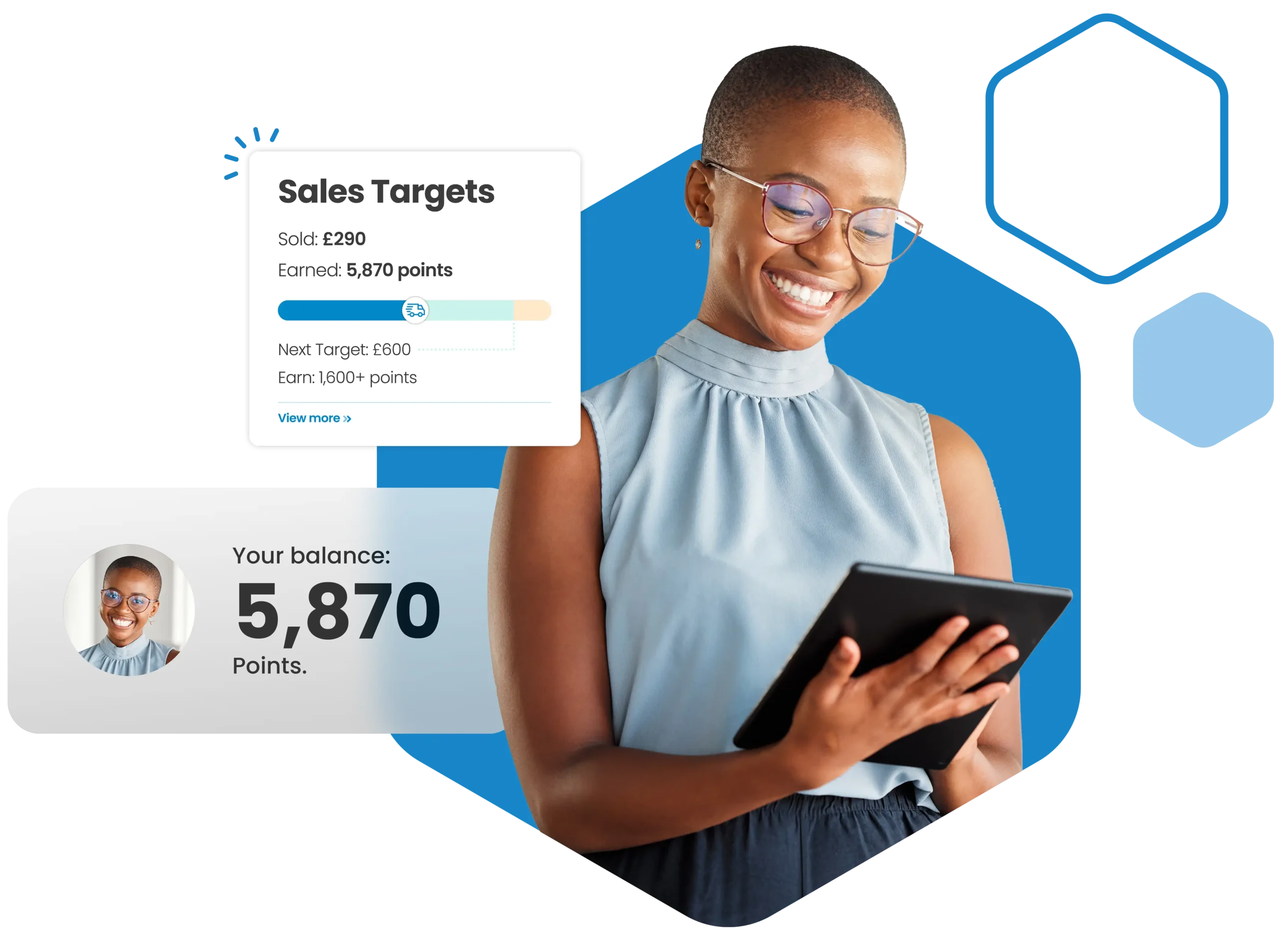

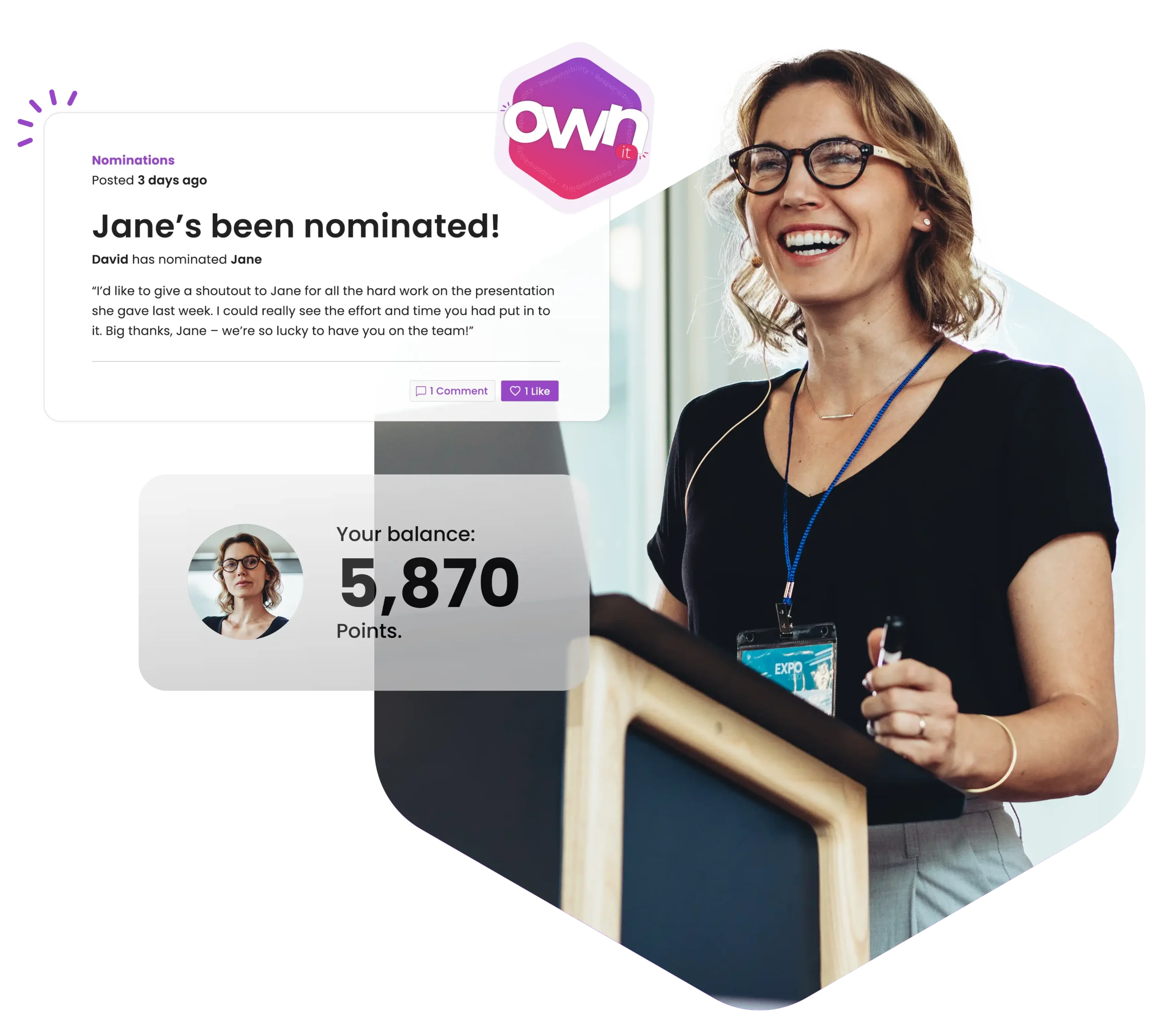
![How to keep customers coming back for more{{ include_custom_fonts({"Poppins":["Semi Bold"]}) }}](https://no-cache.hubspot.com/cta/default/5921162/interactive-188375258646.png)
